Microneedling
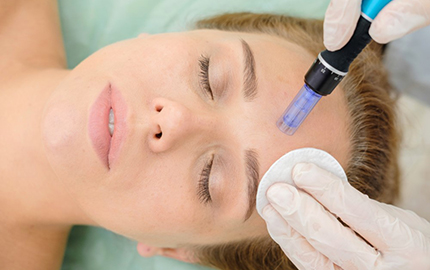
How does Microneedling work?
Microneedling works by encouraging your skin to make more collagen. The idea is that pinpricks from the procedure cause slight injury to the skin and that the skin responds by making new collagen-rich tissue.
This new skin tissue is, in turn, more even in tone and texture. It’s normal for the skin to lose collagen via age or injury. By encouraging the skin to make new tissue, there may be more collagen to help make the skin firmer, too.
What are the benefits of Microneedling?
The benefits make microneedling worth the splurge. This treatment boosts collagen, promotes healthy circulation, and helps to tighten and lift skin. Microneedling also:
- Enhances texture of skin
- Stimulates collagen production
- Reduces scars and hyperpigmentation
- Reduces the appearance of wrinkles
- Reduces the appearance of stretchmarks
The great thing about this treatment is there's really no significant downtime. Afterward, there's a little bit of redness and might be some areas of pinpoint bleeding, but really, it's a no-downtime kind of treatment, so most people leave here a little bit red. A couple of hours later, you're pretty much back to normal, and the next day, you can resume your normal skincare and normal activities.
When will I see Results?
One of the many advantages associated with this treatment is that patients usually see some signs of improvement within a week, with more dramatic results developing over the next three or four sessions.
How many sessions will I need for the full results?
To get the full benefits of the treatment, you should get at least 4 to 6 sessions. This gives the skin enough time to make real progress with renewing itself and creating enough collagen and elastin to give long-lasting results. For harder to treat issues like deep scarring, you may need up to eight sessions
What are the risks of microneedling?
While microneedling is a safe, effective procedure, there are some potential risks and side effects. These include:
- skin redness, also called erythema
- skin irritation
- skin inflammation
- dry skin
- hyperpigmentation
- hypersensitivity
- acne flareups
- herpes flareups
- infections
It’s normal to have some skin redness and inflammation after the procedure.
For some people, the inflammation can lead to hyperpigmentation and flareups of other conditions, such as acne and herpes. However, most people who undergo microneedling don’t experience more serious side effects.
Does Microneedling hurt?
The procedure isn't overly painful. There are ways to minimise discomfort, should you feel you need this. The most common side effects of microneedling are skin redness and irritation. Microneedling takes multiple sessions to truly see results, but research has shown it to be an effective, minimally invasive way to improve the health of the skin.
How to prepare for Microneedling?
If you're using any intense topical treatments (such as those containing retinol), you'd be wise to discontinue use a few days before your microneedling treatment. Harsh products could aggravate the skin, so milder is the key. In addition to having a cleansed and toned face, you should also avoid using retinol at least 48 hours prior and avoid direct sun exposure for about three days prior and three days following. It’s also advised against using any aggressive acids within the week of the procedure.
You should arrive to your appointment with clean, dry skin (if not, the technician will wash your face so it's clean before the procedure).
How much does microneedling cost?
Please see our prices section on the website

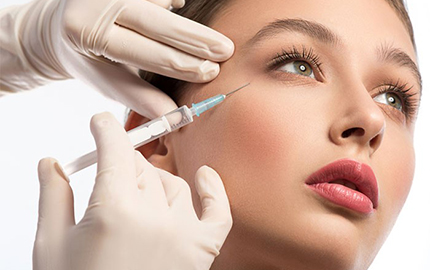
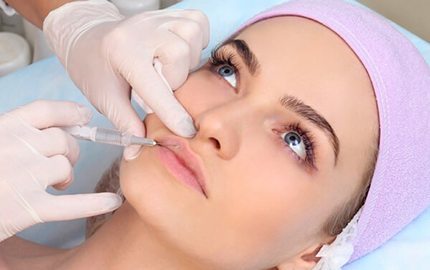

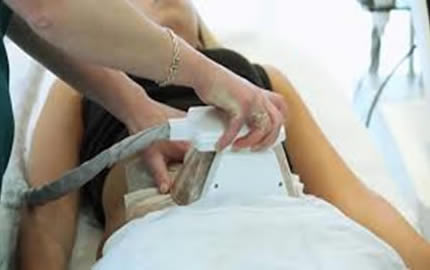
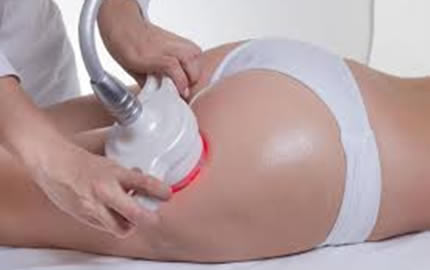

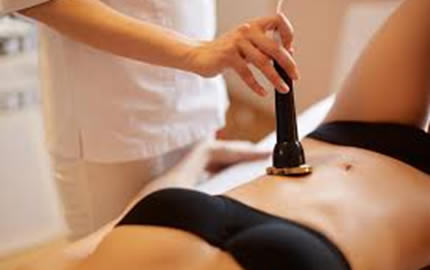
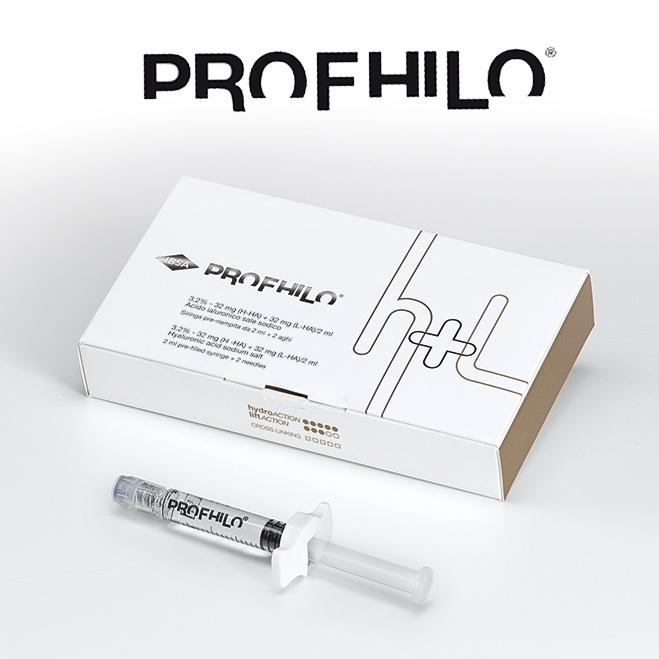
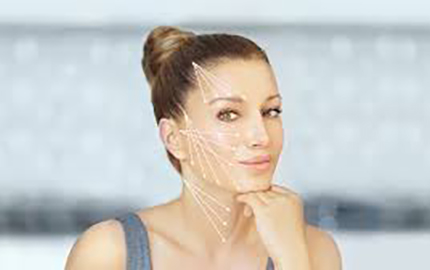
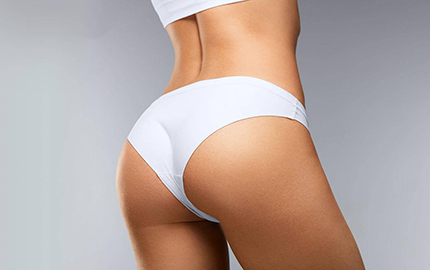

See what our clients say:
"Thank you, thank you, thank you! My self confidence is back. I can see and feel the difference."